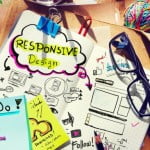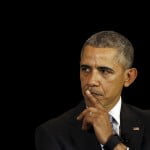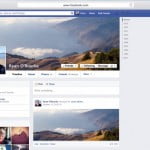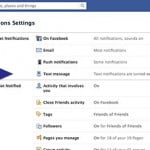Elon Musk took the wraps off Boring Co.’s first completed test tunnel with a lot of razzle-dazzle, the fact that he had spent $40 million (roughly Rs. 280 crores) on the venture and a surprise twist in the underlying technology.
At an event on the fringes of Space Exploration Technologies Corp. headquarters in Hawthorne, California, Musk stood in front of a large hole in the ground that led to a mile-long tunnel and pronounced it officially open.
“This is incredibly profound,” he told reporters Tuesday, calling his first ride in the tunnel “epic.”
Guests-including officials from other cities that might one day hire Boring Co. to build longer versions of the tunnel, plus Tesla owners and various other party-goers-quaffed cocktails named after tunnel-boring machines, noshed on hot dogs and stood in line to take rides.
The actual means of transit in the tunnel, once envisioned as tube-encased skates that individual vehicles would drive off and on, was simpler at the launch than it was at conception. The skates are gone, and instead, individual Teslas were driving along fixed guideways. That change will allow more electric cars, not just Teslas, to travel through the tunnel, with the addition of specialised wheels-a modification which Musk said might cost from $200 to $300 (roughly Rs. 14,000 to Rs. 21,000) per vehicle. The tunnel itself cost $10 million (roughly Rs. 70 crores).
“This is not some walled garden,” Musk said, adding that the vehicles needed to be electric to avoid noxious gases filling the tunnels, and autonomous so braking systems could kick in quickly if needed. The modified wheels keep the cars on track even if the driver loses control, stopping them from hitting the sides.
Throughout the night, people hopped into the modified Tesla vehicles, which ferried them back and forth from the entrance to the tunnel’s terminus about a mile away. Some said the bumpy ride made them feel sick, but most pronounced the journey exciting. At the event, the cars travelled at speeds of about 35 miles per hour. In a completed system, Boring Co. envisions them running at about 150 miles per hour, officials said.
Musk said he’s spent around $40 million of his own funds on Boring Co. but said that he expected the venture to eventually pay off. Each week, up to 20 municipalities request information about the company’s technology, which could be used not just for transportation but for water and utility pipes, Musk said.
Musk’s tunnel company grew out of a 2013 white paper where he outlined plans for a hyperloop, a tube-encased tunnel aimed at transporting people between cities at airline-like speeds. Although he said he still plans a hyperloop system, Tuesday’s opening highlighted a slower intra-city version called a Loop. He announced his tunnelling venture two years ago via Twitter.
Musk said that the advances his team has made in tunnelling technology would increase the speed of boring underground by up to 15 times. The company will do that largely through tripling the power of the drill itself, he said, and through logistical interventions such as building segmented reinforcements in the tunnel walls while continuing to drill.
Boring Co. is currently in exclusive negotiations with the city of Chicago to build a Loop connecting that city’s downtown with O’Hare International Airport. He also said on Tuesday that Boring had started a hyperloop connecting Washington to Baltimore. He didn’t specifically say whether the regulatory process for that project was underway, as Bloomberg reported last week, or if drilling had commenced. A spokeswoman said she wasn’t sure which he meant.
Lessons from the tunnel projects could have applications well beyond the US, including for Musk’s rocket company SpaceX, which is planning an eventual mission to Mars. On the Red Planet, tunnels will one day come in handy for building underground cities, he said, as well as for mining for supplies.
[“source=ndtv”]











